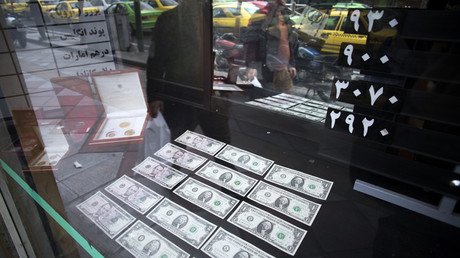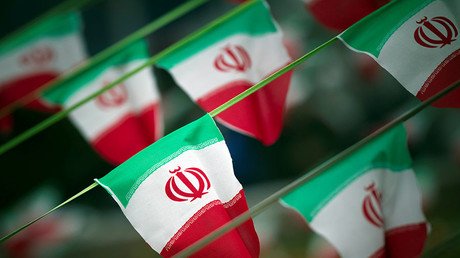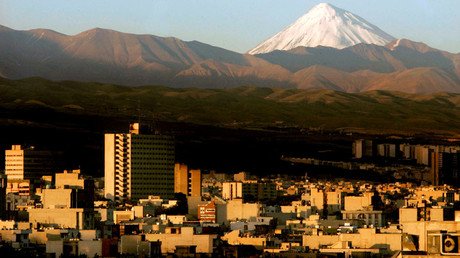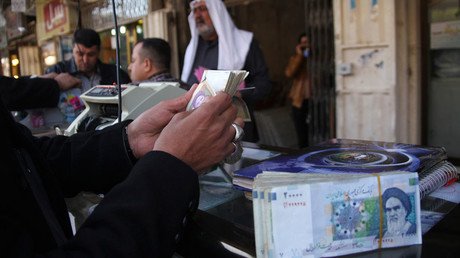Iran could lose 500,000 bpd if Trump trashes deal
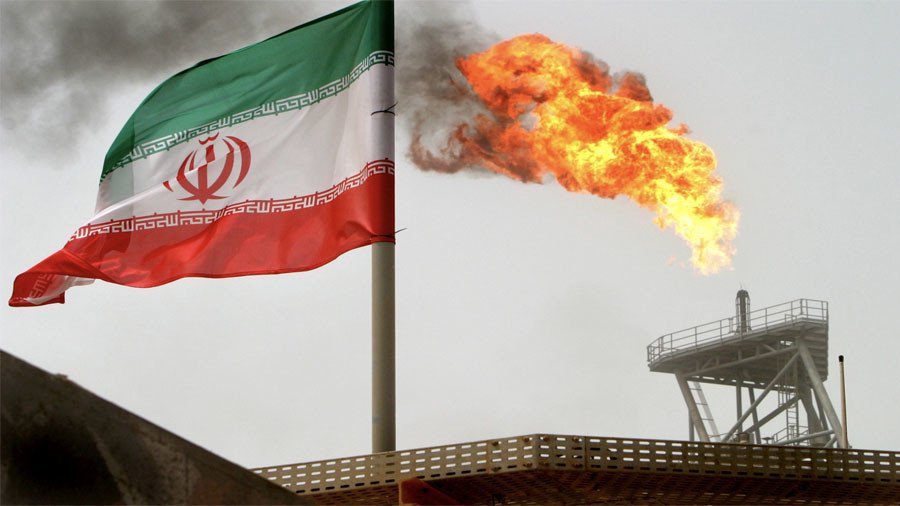
Declining oil production from Venezuela is all but assured this year, but another OPEC member presents another supply risk to the market: Iran.
Conflict between the US and Iran is one of the top geopolitical risks to the oil market this year. A new report from Columbia University’s Center on Global Energy Policy spells out the possible scenarios that could play out later this year as the Trump administration steps up its aggressive posture towards Tehran.
President Trump has begrudgingly waived sanctions on Iran multiple times so far, as he is required to do every few months as a way of recertifying the nuclear deal, officially known as the Joint Comprehensive Plan of Action (JCPOA). However, when he waived the sanctions in January, he said it would be the last time he did so unless the nuclear deal was somehow fixed, although how specifically that was supposed to be accomplished was unclear.
The problem for the Trump administration is that if the president trashes the nuclear deal, Iran will likely restart its nuclear program, as it has already stated. “[A] decision to walk away from the JCPOA absent direct evidence of Iranian cheating would be catastrophically unwise,” Richard Nephew wrote in the Columbia University report. “Simply put, a decision to walk away from the JCPOA would be a reckless, unnecessary, and counterproductive act.”
Nephew argues that it would put Iran within a closer reach of a nuclear weapon. Pulling out of the deal would also burn bridges with partners in both Europe and Asia at a time when attention is needed on other pressing matters, not the least of which is the brewing crisis on the Korean Peninsula.
But, leaving the small matter of utter catastrophe aside, what would be the effects on the oil market?
There are a lot of variables to consider. The way the Obama administration succeeded in reducing Iranian oil exports several years ago was to threaten sanctions on any foreign bank that did business with Iran, unless that country reduced oil purchases from Iran. It was tricky for some countries that depended on Iranian oil, such as Japan, China and India, but in the grand scheme of things, the US managed to significantly curtail Iranian oil sales. The US government measured this by tracking individual country purchases of Iranian oil over a 180-day period, making sure that the number went down.
As such, in the event that the Trump administration lets the sanctions waivers expire, the most likely scenario would be a 180-day period in which the US would monitor the oil flows from Iran, ending either in November 2018, or perhaps next year if there is an initial delay in implementation. Over that time period, the pressure would be on countries to reduce their purchases.
But there is a long list of other decisions the Trump administration would have to make. There are multiple sanctions that could either be phased in or put in place all at once. On top of that, the international reaction would be mostly negative, particularly in Europe, where the UK, France and Germany were integral to the original deal.
Lacking European involvement in ratcheting up the pressure on Iran will make the campaign decidedly less effective than the first time around. In particular, Europe was instrumental in tightening the screws on the insurance of oil tankers, scaring away oil traders from doing business with Iran. That won’t be nearly as much of a threat to Iran compared to last time.
Moreover, any US sanctions on European companies for doing business in Iran could be met with retaliatory trade measures from Europe. China and Russia will likely be even less cooperative, and will probably balk at cooperation.
There are also tons of technical complications, including what constitutes “crude oil,” as well as purchasing contracts that will leave little wiggle room for buyers of Iranian oil to turn on a dime. Then, of course, monitoring progress and conveying US policy requires quite a bit of manpower from the US State Department, an agency hollowed out by Sec. of State Rex Tillerson.
With all of those caveats in mind, there are some figures that the Columbia University report puts out. If the US implemented sanctions only targeting Iranian oil purchases, “it would be reasonable to estimate an initial year reduction of perhaps 400,000–500,000 bpd,” the report concludes, due to lower purchases from Japan, Korea and some European countries.
The drop off would be closer to 600,000 bpd if China, India or Turkey decided to cooperate with the US on some level. The effect on oil prices would be to add a few dollars per barrel.
However, the efficacy of the US campaign could be significantly undercut if China or any other country decides to increase oil purchases from Iran as other buyers back out, an entirely reasonable scenario. The Obama administration was successful only because much of the world cooperated. That is unlikely this time around.
Much remains to be seen, and importantly, nobody really knows what will happen. “Unlike in 2012, the international community is largely (and remarkably) unprepared for a US decision to withdraw from the JCPOA,” Richard Nephew writes in the Columbia University report. “Contacts in industry report skepticism with this being a likely US decision, and even foreign governments seem to treat the concept as a bluff. This is a dangerous notion.”
This article was originally published on Oilprice.com
